Be sure to save or bookmark this page for future reference. Share hyperlink with family, friends and neighbors so they can enjoy and benefit from learning about snakes too.
The 4 Venomous Snakes You Need to Know.
Hey Neighbors, Topic of snakes comes up a lot, so I wanted to share this info to all. There are 4 venomous snake types found in North America. Learn to identify these 4, and teach your kids too. You'll all be safer, and more confident when more likely encountering one of the many NON-venomous snakes in the US. Hopefully we can come to appreciate the beauty and benefits of these animals, from a safe distance, rather than killing them all. 1. Cottonmouth 2. Copperhead 3. Coral Snake 4. Rattlesnake (several types) For details and images of each, scroll down the page. IF YOU NEED A SNAKE REMOVED, try free resources like nextdoor.com or facebook. Or just search online "snake removal near mel" and you'll likely find a dozen or more professional (for pay) services to consider.
Ok, let's begin...
#1 Cottonmouth (aka water moccasin) has a very distinct "racoon mask" over the eyes on the side of the head. If it doesn't have the mask, it is likely a harmless water snake.
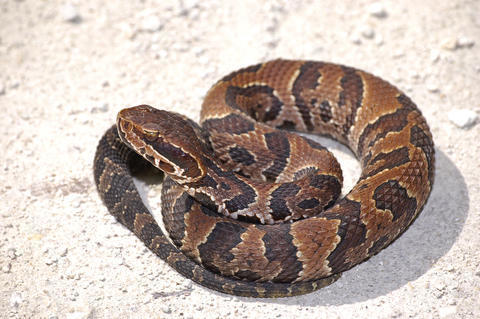
Here's an image of a venomous cottonmouth. notice the distinct black mask, and that due to the flat top head its eyes are only visible from the sides. If you see a similar looking snake, but it has more of a smooth scaled head, often with yellow chin, and NO black mask, it is likely a non-venomous water snake. Non-venomous water snakes are very beneficial as they help control rodent populations. They can still strike at you if you mess with them, so just leave them alone and let them do their job. You'll see many types and patterns of water snakes... diamondback, banded, green, mottled, etc. All are good snakes to have around. They'll leave once the rodent population is gone.
#2 Copperhead has a tan, brown, or copper color, with patterns that look like Hershey kisses from the side, or an hourglass from the top.

See photo of copperhead below. Notice the very distinct Hershey Kisses or hourglass pattern on the body. This one is really pretty easy to identify.
#3 Coral Snake... red, yellow, black bands. You've probably hear the rhyme, "red touch yellow, kills a fellow... red touch black, venom lack". Ok, so serious snakeologists do not like the rhyme, and I'll get scolded for using it, but nevertheless I find it helpful for most people and situations. Coral Snakes really aren't likely to bit you, let alone kill you, as they have very small teeth. They would need to chew on you in order to get a bite and inject venom.
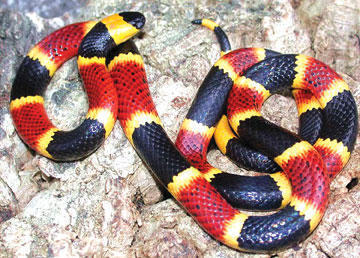
See photo of a venomous coral snake. Notice that the red bands touch yellow bands. Coral snakes lack the striking fangs of the others on this list. You'd have to pick one up and let it chew on you to get venom. But if that ever happens, you better get to a hospital quick, because it's venom is the worst of the bunch. If you see a milk snake (red touches black), then just leave it alone. The milk snake is actually a popular pet, but always be careful around any wild snake.
#4 Rattlesnake, has a rattle, pretty much easy to spot that. Extremely rare in our area in modern times. But can still be found on some undeveloped land, farms, etc.
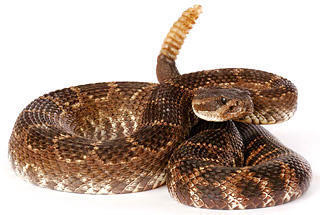
See photo of a fairly typical rattlesnake. Notice the true rattle tail. Some non-venomous snakes may shake their tail, but they are only bluffing, as they don't have an actual rattle. You won't often find a rattlesnake in your garden. But they have certainly been spotted in farms, ranches and fairly rural areas.
Some Non-Venomous Snakes To Know
Ok, so what are all these other snakes? Well, they are non-venomous, or at least they lack any venom that is of concern to humans. Some may still have some kind of mild venom that only affects certain animals, or is so weak as to be of no consequence. So for purposes of this article, we'll call them non-venomous.
1. Watersnakes
These are VERY commonly encountered, especially around ponds, creeks, reservoirs, ditches, lakes, and other bodies of water. They are often mistaken for Cottonmouths, but you can usually tell the difference fairly easily. Watersnakes lack the severe black eye band (bandit mask), and instead feature a more rounded off head, and often a pale chin with vertical striping. Note that they may have some black markings near eyes and often flatten their head into a triangle (which is NOT a reliable way to identify venomous snakes). Even when flattened, it is still not the same as a Cottonmouth's severely sharpened head, and you can still see the eyes from the top view... use the photos to compare with Cottonmouth above. Watersnakes can be quite long and full bodied, possibly the largest snakes in our area, but are quite beneficial and not a threat as long as you just leave them alone. See images for examples of a couple different varieties. Markings can vary, but they share a very similar head shape, often with the chin in some shade of yellow or orange.
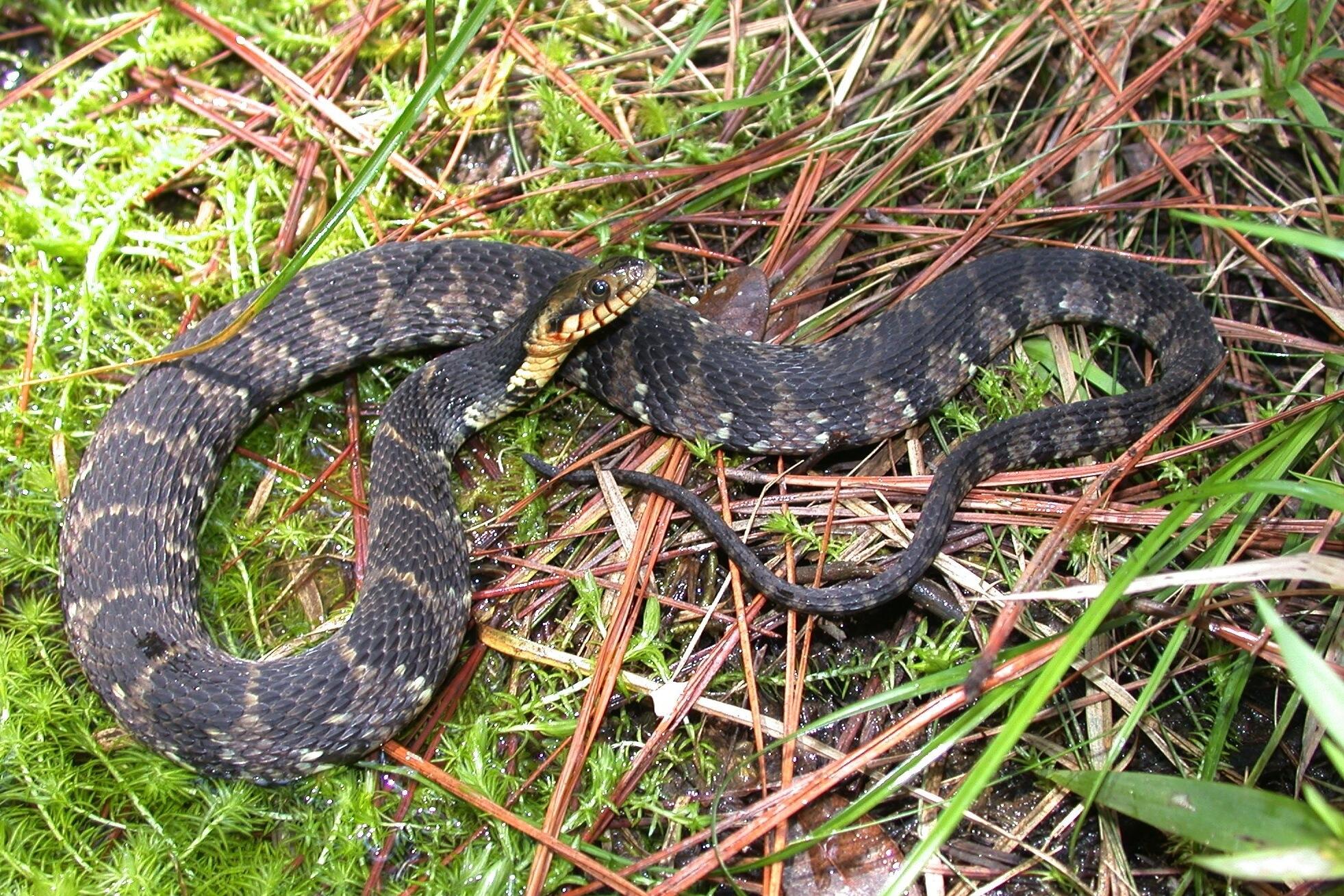

2. Dekay's Brown Snake
These are pretty small and completely harmless. Very cute in fact. They are good to have in your garden, so leave them alone and let them help keep actual pests under control. Look at that cute smile!


3. Hog Nose Snake
Short and stout, these guys are the thespians of the snake world. In other words, they like to act in dramatic fashion. When approached or touched, they often try to play dead by flattening out or rolling over on their back. If you roll them on their stomach, they'll roll back over as if to say, "no really, I'm dead, see?" We used to play with these a lot when we were kids. Just be gentle and don't hurt them, or better yet, leave them be.


4. Rat Snake
One of the best snakes to have around. In fact, if you have one, you probably have a rodent problem that needs to be dealt with. Let this guy do its thing. It can get into places you can't. They are great climbers and you may spot one climbing your brick siding. Don't be scare, just leave it alone. They can be tiny when young, but can grow veeeery loooong. The old native american legend is that each "pelt" (brown patch on their back) indicates they've eaten a hundred rodents. This is also a great way to identify them. If you see the rat pelts on their back, that is probably a rat snake.
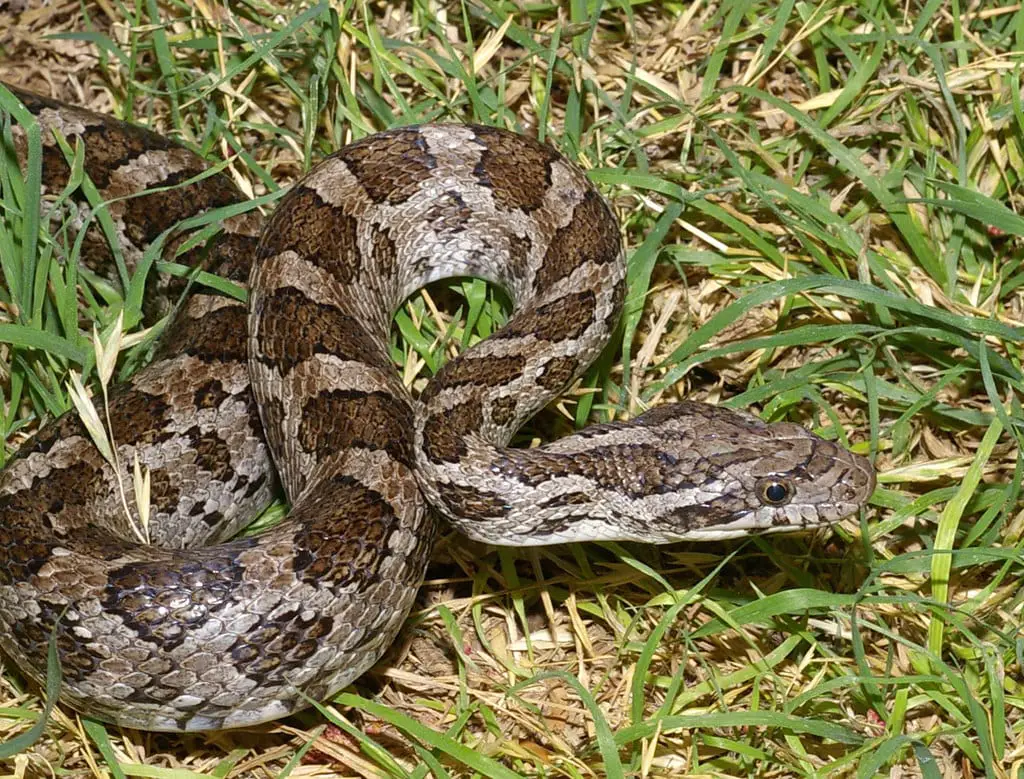
5. Rough Earth Snake
Another common snake, but one you may never see because they are so small. You might actually mistake it for a worm until you get closer. Very cute, harmless, and safe to handle gently. Move them somewhere so they don't get hit by a lawnmower, and they'll reward you by tending to your green areas, removing pests, and looking adorable.


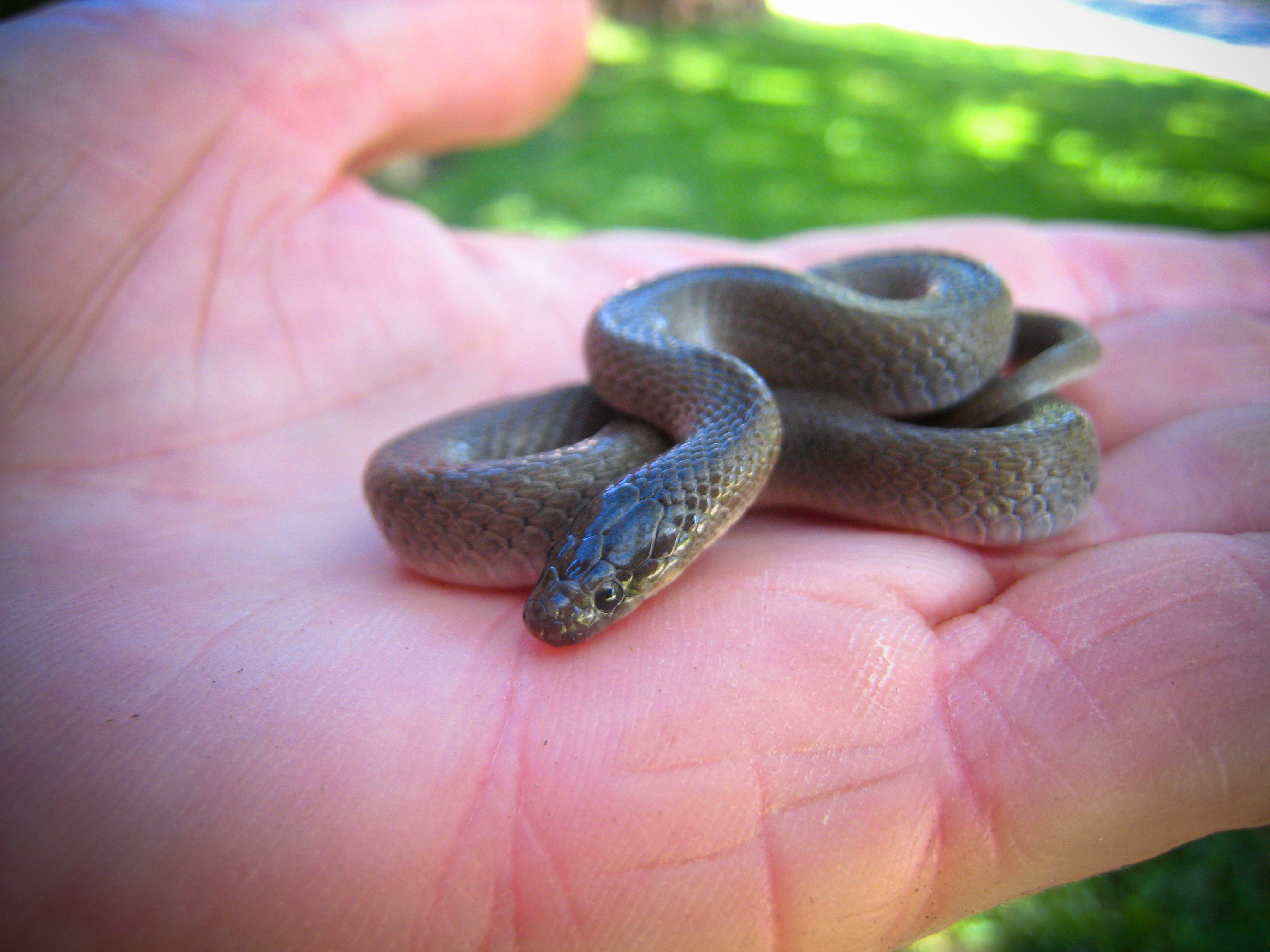
If you found this information useful, please feel free to share it with friends, neighbors, and colleagues. Be sure to link the entire article. Do not copy partial content.
This article was brought to you by the staff at CloneLine.com digital phone service. Get a cheap home number with 911 service, connected to all your home in-wall phone jacks. No more running around chasing your cell phone during an emergency. Plans start at just $4.99/mo... less than taxes on your cell phone.








